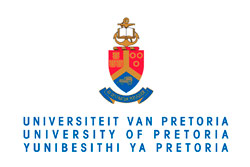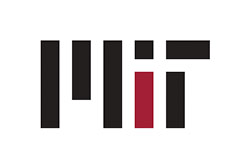https://doi.org/10.1016/j.cstp.2021.11.012
The study uses a microsimulation-based approach to examine the implications of mixing informal and formal operations in shared public transport lanes, based on a real-world Bus Rapid Transit service. The question is relevant to cities in the global south trying to transition towards upgrading informal paratransit services by investing in dedicated infrastructure, yet do not have sufficient demand to warrant exclusive Bus Rapid Transit systems. The key research question is whether excess capacity in bus lanes can be used to accommodate informal vehicles in a hybrid system, without substantially degrading the service offered to either bus or minibus passengers. The results indicate that under uncongested conditions, there is little benefit gained from hybrid operations. However, if congestion sets in during peak hours a clear case can be made for allowing taxis to share bus lanes under specific conditions. Both car users and public transport passengers benefit from up to a 50% reduction in travel time, with minimal impact on buses. These results persist even when taxi and bus volumes are increased to take account of modest demand growth and latent demand, although the rules of sharing infrastructure become critical. Policy implications for cities are discussed.










